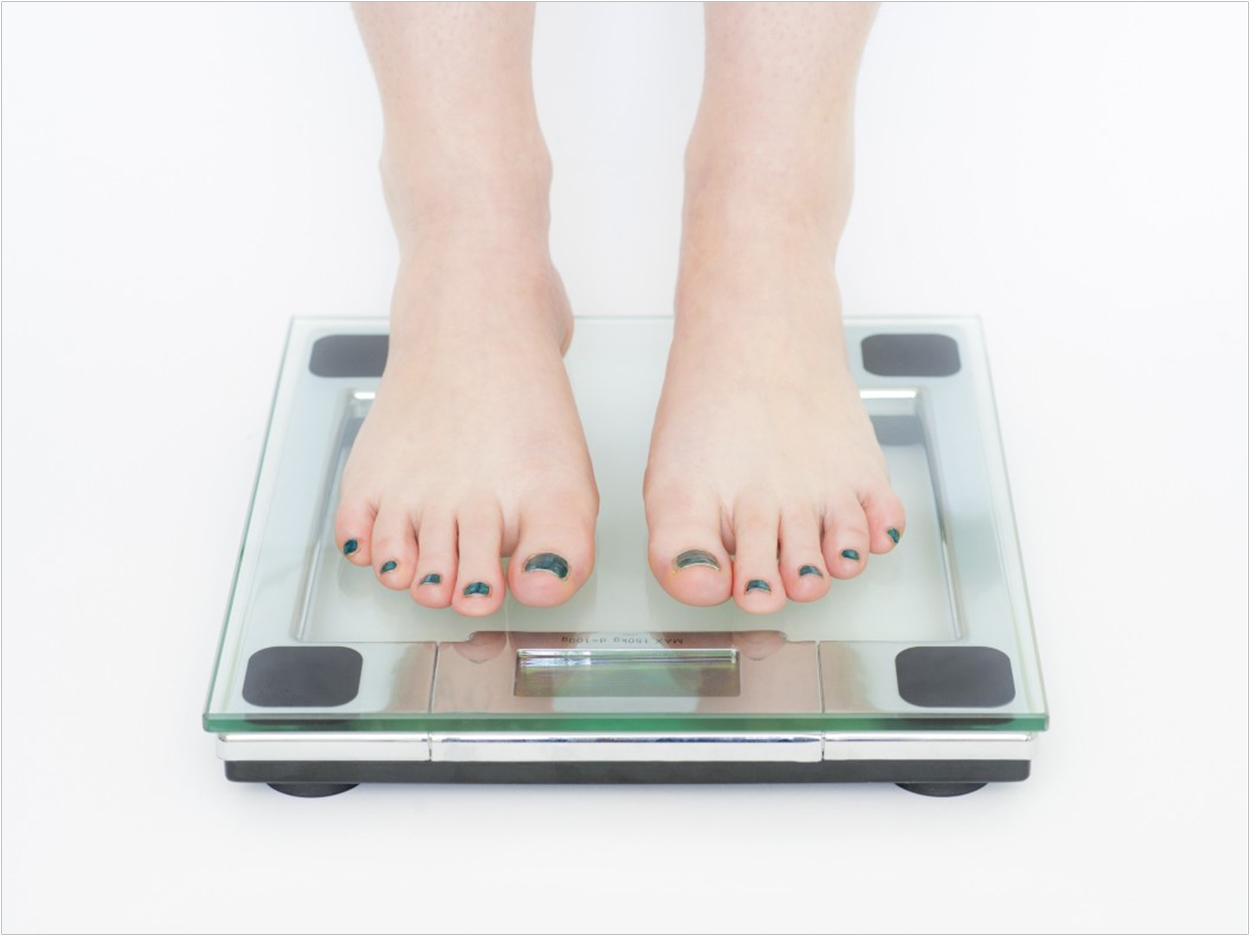
Researchers at the Federal University of São Paulo (UNIFESP) and the University of Campinas are using the level of uric acid in saliva to predict body fat percentages in teenagers and identify those with surplus fat even if they have no symptoms of chronic obesity-related disease.
The goal of the study was to identify reliable biomarkers in saliva that correlated with those found in the blood as a contribution to the development of quick tests to monitor health, especially in children.
“The idea is to enable saliva to be more widely used as an alternative biological sample for clinical analysis. The advantage of saliva is that it can be collected several times noninvasively and painlessly, like urine,” said Paula Midori Castelo, a professor at UNIFESP and principal investigator.
The researchers found that the level of salivary uric acid is a good predictor of body fat percentage even in adolescents considered healthy, although the link between these two factors is poorly understood and will have to be investigated further, they said.
Uric acid is the end product of the metabolic breakdown of purines, which are nitrogenous bases in DNA and RNA. It accumulates in the blood and, in much smaller proportions, in the saliva.
Although uric acid acts as an antioxidant, when levels become too high in the blood and saliva owing to dysregulated purine degradation, it can lead to a predisposition to developing hypertension, inflammation, and cardiovascular disease.
The researchers collected saliva samples from 129 girls and 119 boys between the ages of 14 and 17 at public schools in Piracicaba, São Paulo State, and measured the levels of several other substances including cholesterol and vitamin D.
The students also answered a questionnaire about their medical and dental history and underwent an oral examination to exclude participants with cavities and/or periodontal disease.
“Cavities and periodontal disease are known to influence salivary parameters such as pH, electrolytic composition, and biochemistry. Both relate to the secretion of substances that can change the composition of saliva,” said Castelo.
The remaining participants then had an anthropometric evaluation including height, weight, body fat percentage, and skeletal muscle mass using a bioelectrical impedance analyzer, which gauges resistance to weak current as it passes through the body.
Saliva was sampled at home after the subjects had fasted for 12 hours. The samples were collected using a Salivette. Levels of cholesterol uric acid, and other substances were measured by high-performance liquid chromatography.
Statistical analysis of the data showed that the adolescents with a high level of salivary uric acid also had a higher body fat percentage. Using linear regression, the researchers also were able to predict body fat percentage based on the level of salivary uric acid.
“The level of this compound in saliva proved to be a reliable indicator of body fat accumulation, even in adolescents who were not being treated for chronic disease. It could be the basis for an accurate noninvasive method of monitoring dietary health and achieving early detection of changes in nutritional state,” said Castelo.
The study, “Salivary Uric Acid Is a Predictive Marker of Body Fat Percentage in Adolescents,” was published by Nutrition Research.
Related Articles
Saliva Test Improves Oropharyngeal Cancer Detection
Noted Salivary Researcher Joins University of Saskatchewan College of Dentistry
Inflammation May Tie Obesity and Periodontitis Together












